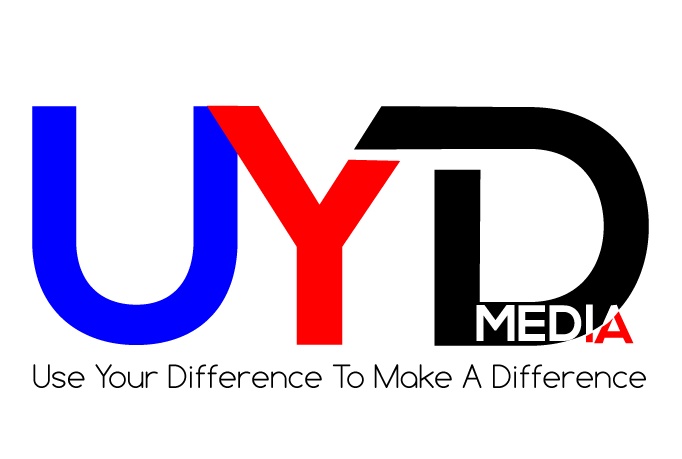Mark is an HR director looking to improve his company’s cross-cultural skills, especially in Germany where his company is doing an increasing amount of business. After considerable research, Mark hires a firm to deliver a training solution that seems like just what the doctor ordered. It’s a tool that enables employees to discover their “cultural profile” and then compare that profile to those from a range of other cultures. The program — which is self-study and available on any digital device — also enables employees to click on a country and learn about its history, values, and cultural “assumptions.”
While the program looks great on paper, it ultimately makes no real impact on Mark’s employees’ behavior. The people who struggled before continue to struggle, and those who didn’t really need the program in the first place continue to thrive. Disappointed, Mark wonders what he and the company actually received for all the money they had invested.
If you’ve ever received any cross-cultural training — or even read a book on the subject — chances are, just like in the example above, it has focused on differences: differences in communication styles (like how Japanese workers are less direct than Germans) or differences in values (like how Americans have more individualistic values than those in China). It may have even focused on differences in etiquette — like how in the United States you can write on the back of a business card, but in Japan, that would be a taboo.
Knowing about differences can be quite useful. It can give you a sense of how you’re supposed to act in a foreign setting, especially when you have no idea where to start. It can also help you understand why others from a different culture behave as they do. But in my experience, the mistake many companies make is thinking that knowing cultural differences is enough — that discovering the key differences is all you need to master to be effective across cultures.
If the problem your employees face is that they simply don’t understand cultural differences, a solution focused on defining cultural differences makes all the sense in the world. But if, like in most instances, the real problem is that your employees can’t adapt and adjust their behavior across cultures, these solutions focused simply on differences likely won’t give you the bang for your buck that you’re expecting.
So what can companies and managers do to help their employees take the next step in their cross-cultural training?
First, match the solution to the problem. If the real challenge your employees face is adaptability, don’t provide a solution that focuses only on identifying and memorizing differences. In Mark’s case, for example, I’m guessing it probably wasn’t that hard for his employees to learn about differences in German and American communication styles — that Germans tend to be more direct and frank than Americans. But what was likely much harder — and also not addressed by the differences approach — was how to actuallyadapt one’s own behavior and either deliver feedback in a German style or react to straightforward and often blunt feedback from German colleagues without taking offense.Research indicates that it can feel extremely uncomfortable acting against your natural style. People can feel anxious, embarrassed, inauthentic, and frustrated, and as a result, many individuals either avoid these situations altogether, or perform them ineffectively. So match your solution to the actual challenges your employees face, or else you’ll be disappointed with the results.
Once you match your training to the goal, don’t compartmentalize training into a manual, a webpage, or an off-site program. Develop training that is integrated with the actual work people do. Athletes do drills, but then practice in scrimmages and games. In the same way, make sure that your employees have ample opportunity to practice and hone their skills in the actual contexts they’ll ultimately need to use them. For example, when I train MBA students to develop global dexterity, I have them practice in real situations, such as in interactions with their bosses during their internships, or with student project groups working on real case-studies and classroom assignments. By practicing and honing skills in real settings, the skills have a much better chance of sticking.
Teaching people to adapt behavior across cultures isn’t a “quick hit” you can achieve in a two-hour session, or by handing someone a book, a website, or a manual. It’s a real skill that requires patience, practice, and perseverance. Smart companies are starting to realize this and adapt accordingly.
Andy Molinsky is a Professor of International Management and Organizational Behavior at the Brandeis International Business School. He is the author of the book Global Dexterity: How to Adapt Your Behavior across Cultures without Losing Yourself in the Process (HBR Press, 2013). Follow Andy on twitter at @andymolinsky.
This piece originally appeared at Harvard Business Review.




